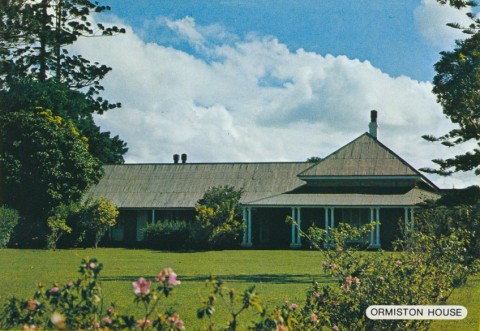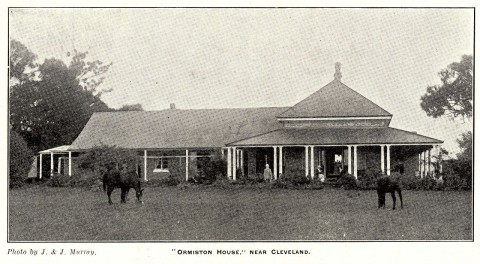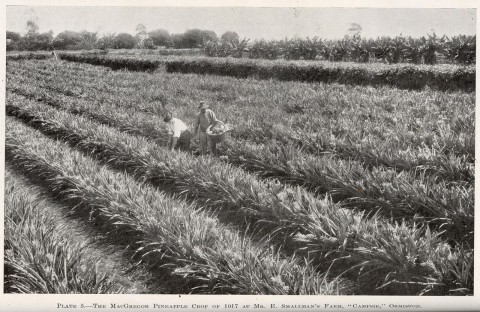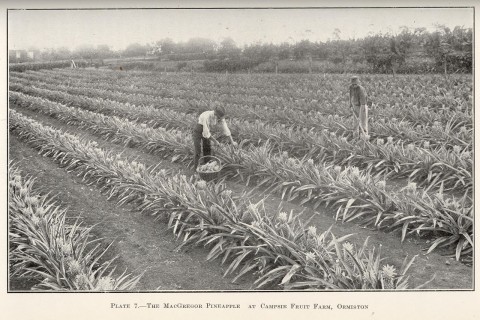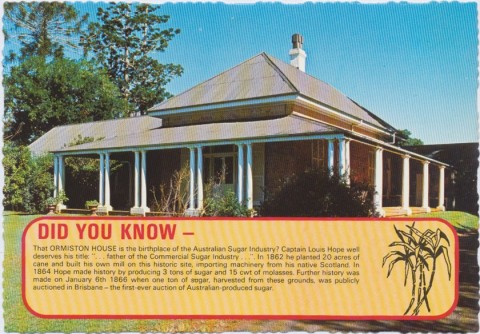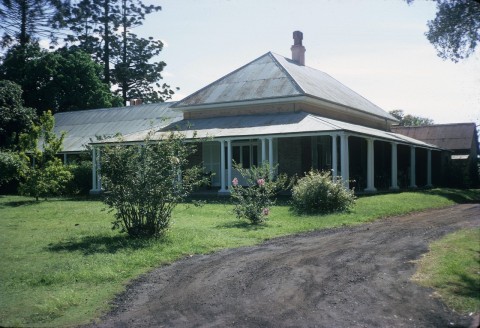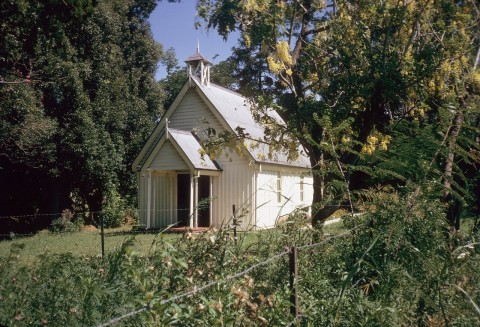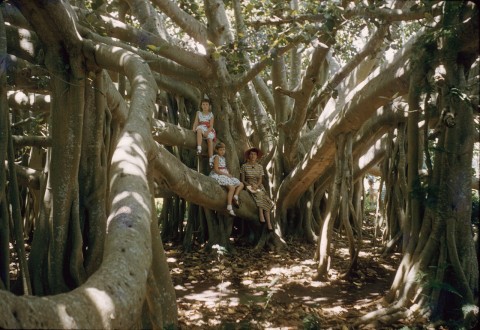Ormiston, a suburb of Redland City, is situated on Raby Bay (an inlet off Moreton Bay), 23 km east of central Brisbane.
Ormiston's pioneering European settler, Louis Hope, took up 800 acres in 1853 overlooking the western shore of Raby Bay. During the next 20 years Hope built a slab hut (1853) which was later converted to an out-kitchen, the Ormiston House homestead (1863) and a sugar mill (1865). Hope became a leading figure in establishing Queensland's sugar industry, with his own 20 acre cane plantation. Hope also erected a Church of England church (1868), and all his buildings can be found off Wellington Street, Ormiston. They are listed on the Queensland heritage register.
In common with much of the Redland Bay area, the fertile soil of Ormiston was used for horticulture. It was a fruit growing centre, on the Cleveland railway line (1889) to Brisbane, remaining so until well into the 1960s. A cold store and margarine factory were active in the 1950s-70s. The spread of metropolitan Brisbane reached Ormiston by the 1970s.
Ormiston has a local shopping centre near the railway station, a retirement village, a primary school (1872) and the independent Ormiston College (1988). It has extensive wetlands on the Raby Bay coastline and along Hilliards Creek on the western boundary. Its census populations have been:
| Census Date | Population |
|---|---|
| 1921 | 218 |
| 1966 | 432 |
| 1986 | 2328 |
| 1996 | 3593 |
| 2001 | 5085 |
| 2006 | 5384 |
| 2011 | 5641 |
